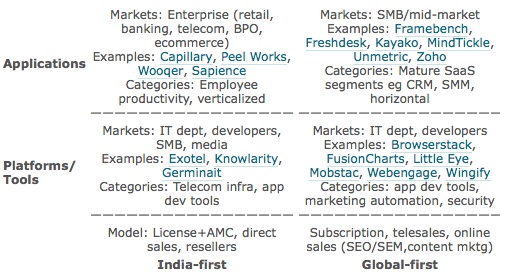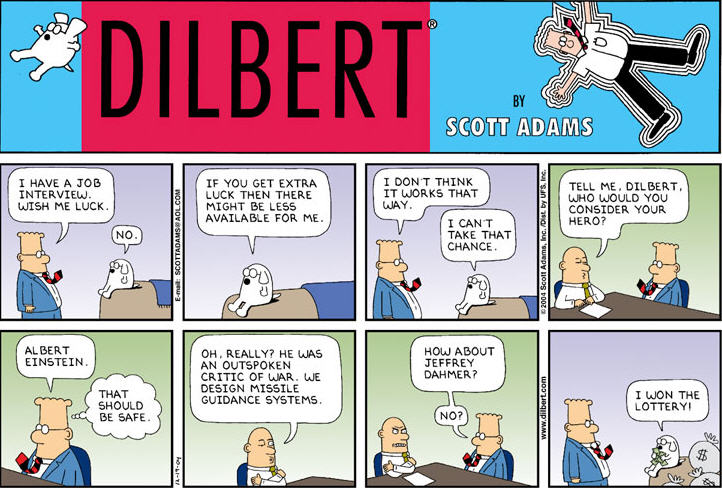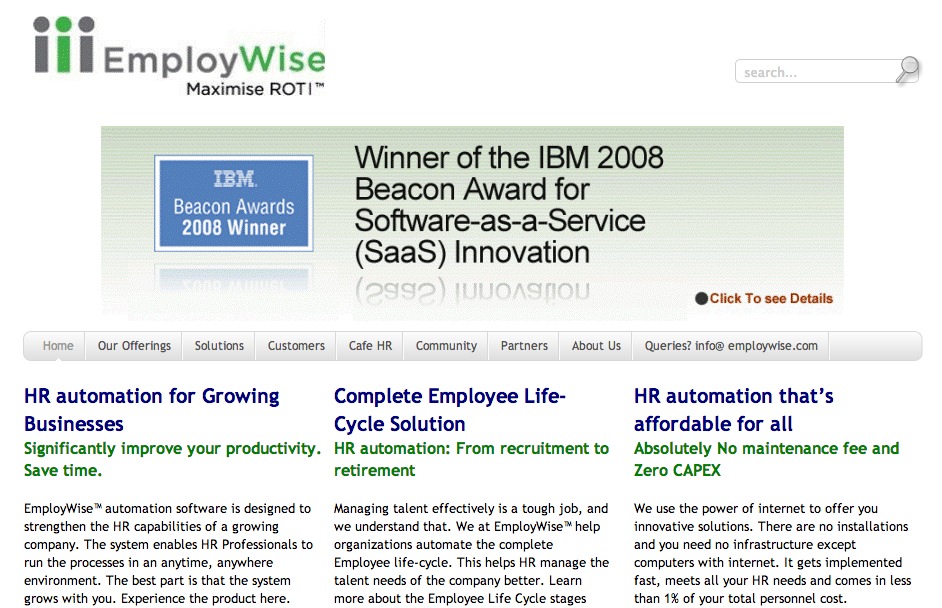With the budget closing in on the industry there are hectic conversations to represent the Software Product Industry in the right manner in the Ministry of Finance. The tax issues both on the Indirect Tax and Direct Tax have been plaguing the Industry for a long time and this hangout addresses the things which need to be done very well. The Indepth Knowledge of Bharat Goenka (Tally Solutions) and the moderation done by Sumeet Kapur(Employwise) leads to an in-depth conversation on the Tax issues.
Bharat divides the two issues into, First, the Direct Tax about TDS the why and when it should be applied along with Industry perspective, the second issue was Indirect Tax – the confusion around excise and service tax relating to products and its definition and applicability of VAT .
It becomes important to introduce the Constitutional Framework under Indirect taxes which broadly talks about Manufacturing and Services being taxed by the centre and anything that is traded is taxed by state.
Confusion arises around “Service” and “Right to Service”. Whereas “service” is not tradable a “Right to Service” when sold is a tradable e.g. a Mobile phone service being provided by a Telco is a service where as when a vendor sells a recharge coupon he is selling “Right to Service” that actually will be provided by the said Telco.
Hence, under this concept of “Right to Service” tends to be tradable until the service is rendered and not after it is consumed, because the title to right to service is nor more existing after consumption. Service is therefore treated as tradable commodity thus qualifying for VAT in states and the Center charging service tax, this leads to invoicing for both VAT and Service tax on a software product.
What is needed is clarity on the issue of tradability of service as “goods” and “service delivery” as “service”.
GST will bring in changes but the taxes will be shared between states and center. GST it self may not fully solve the problem of duality of tax on software products. The problem of duality on VAT and service shall be sorted out only when there is clarity on “Right to Service” as a tradable commodity and “service” is achieved.
We as an Industry need to help Government formulate a distinction between “Service” and “Right to Service” as a tradable, so as to do away the duplicity of VAT and Service Tax so that service tax is charged only on part of service and VAT only on tradable value added portion if and when a service is traded further by channel partners of the service provider.
Direct Taxes (TDS)
Sumeet introduced an issue on TDS. Primarily a TDS made by payers to software company leaves less cash on the money collected. This is mainly for software product which sold leaves the product company with 10% less cash on the money collected.
Bharat mentioned that Software despite being a tradable product is the only product that is subject to TDS. This creates a bigger problem for the young companies and growing industry as early years do not allow you the sufficiency of profits.
We need to bring in front of Industry that no trading activity should attract TDS. Also that by doing away TDS the Government is allowing the profitability and business growth thereby allowing more business to happen and widening the tax base eventually.
Sumeet was of the view that, if software product companies are being subject to a TDS there should be Tax credits available on service tax so that the cash availability to businesses can be balanced.
Bharat added yes we can represent to the Government on this that either give me an input credit or refund TDS on day I file my return. Sumeet added that refund must be done even if there is a scrutiny.
Pramod from Nucleus Software added that in an event the question of Duplicity of VAT and service tax was raised to the Revenue Secretary, who showed his inability to do away with duplicity on tax as VAT is a state subject.
Conclusion
Many of the changes in law have come in past few decades and there was a lack in taking the cause to Government or lack of sufficient clarity in helping Government to clearly define distinction between Goods and Services and to separate out Right to Service being traded verses Services.
Bharat Concluded by saying, in the present efforts done to represent to government, we are looking at adequacy of clarity and this clarity is much needed even if the GST is coming to solve the issues and problem in this regard.
The detailed budget recommendations can be seen here.
With Inputs from Sudhir Singh, ExcelICT














